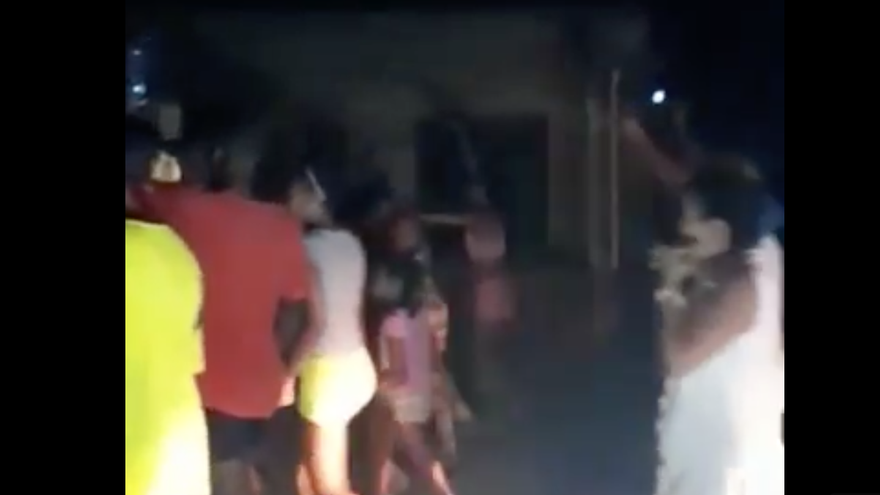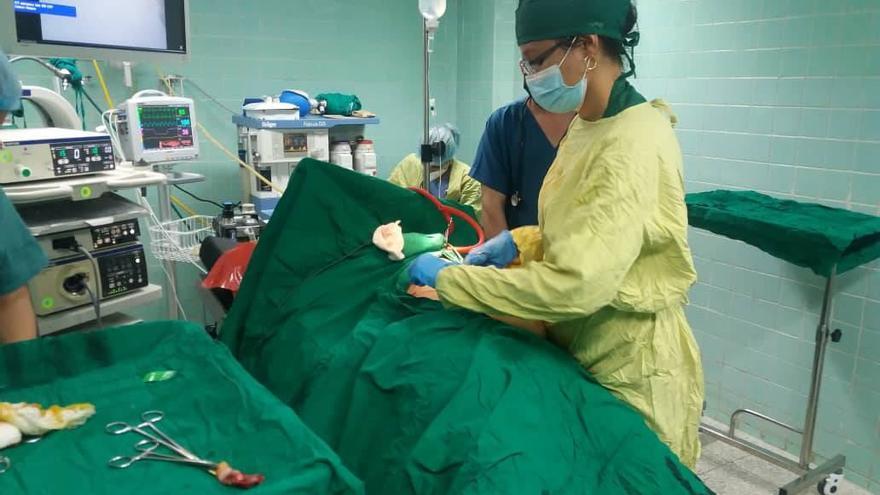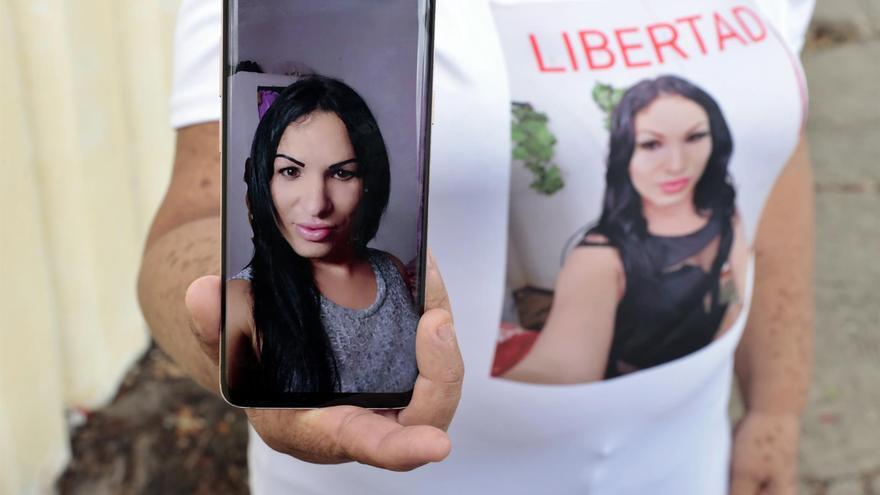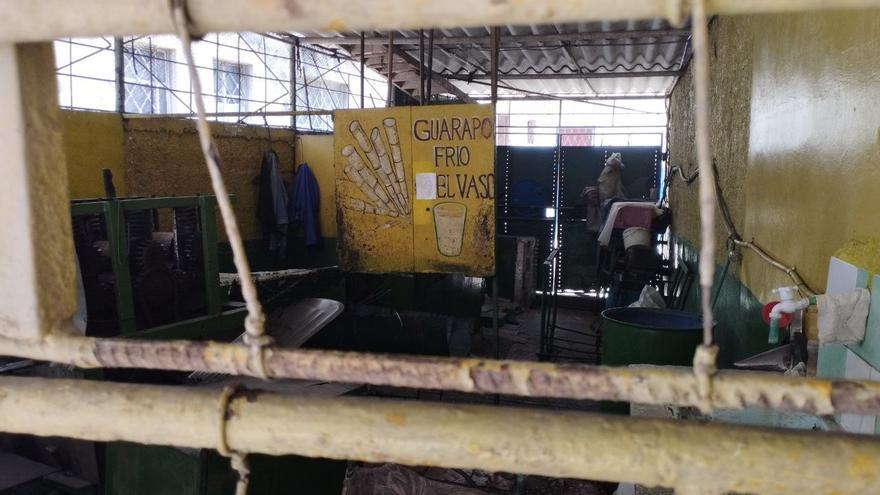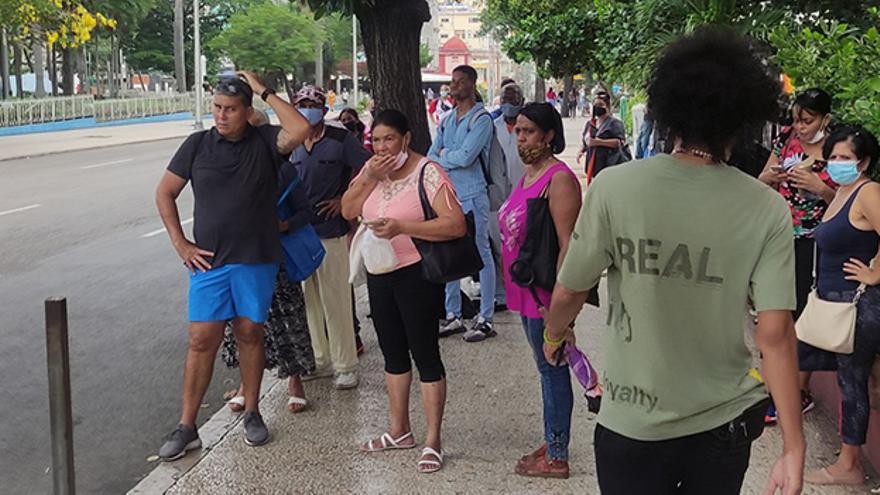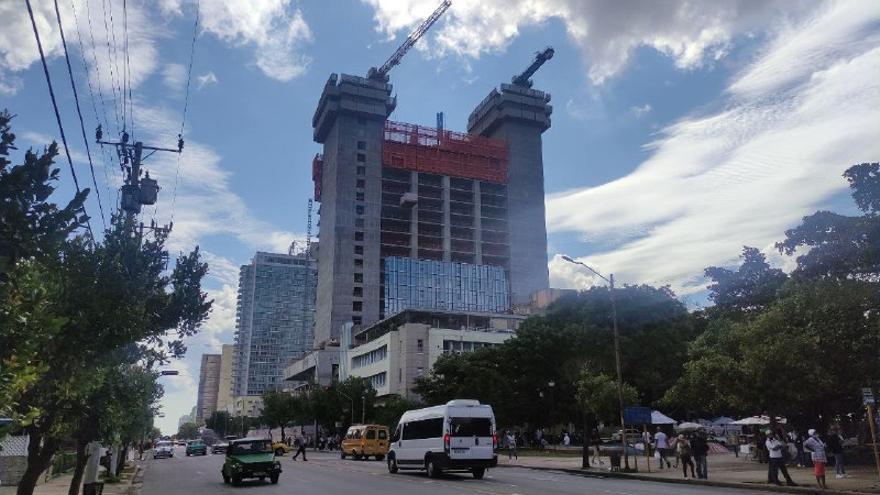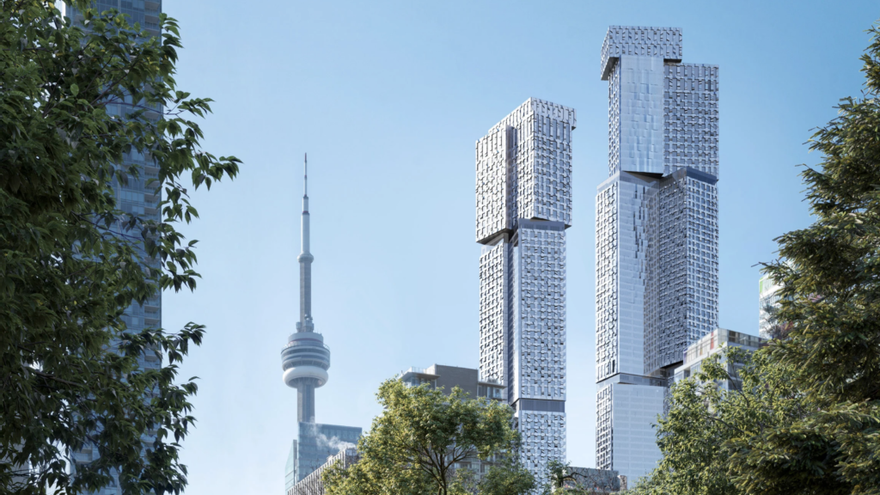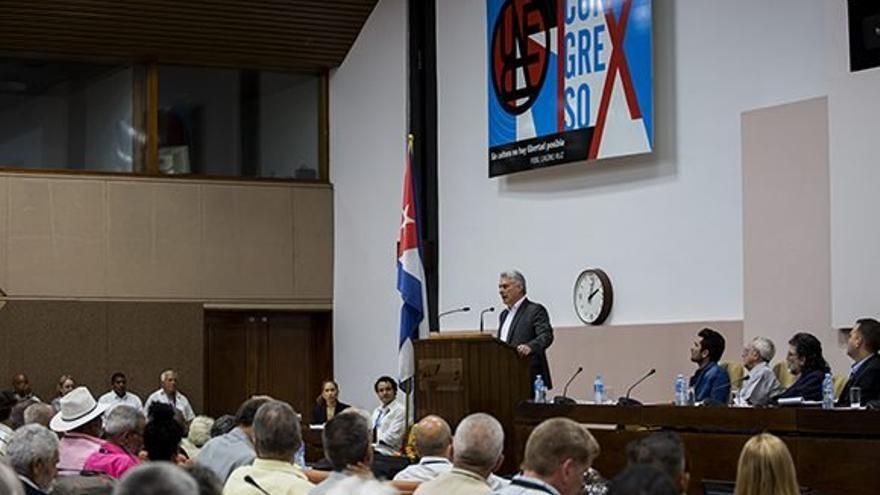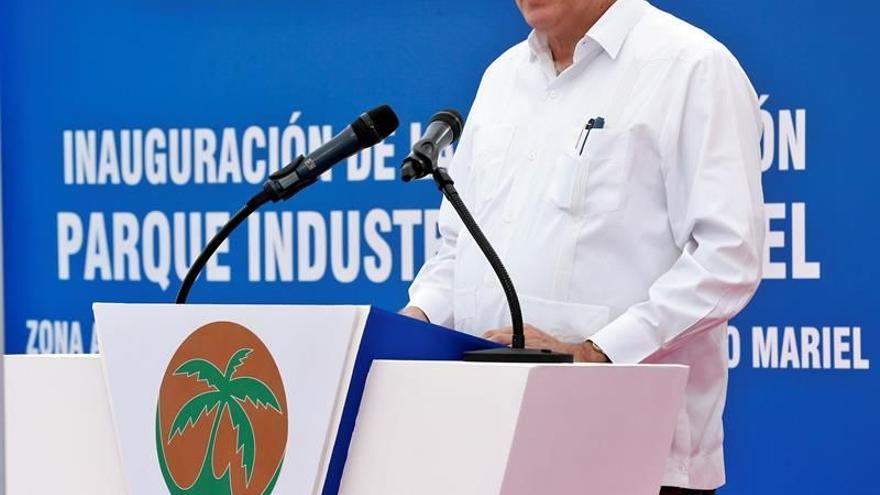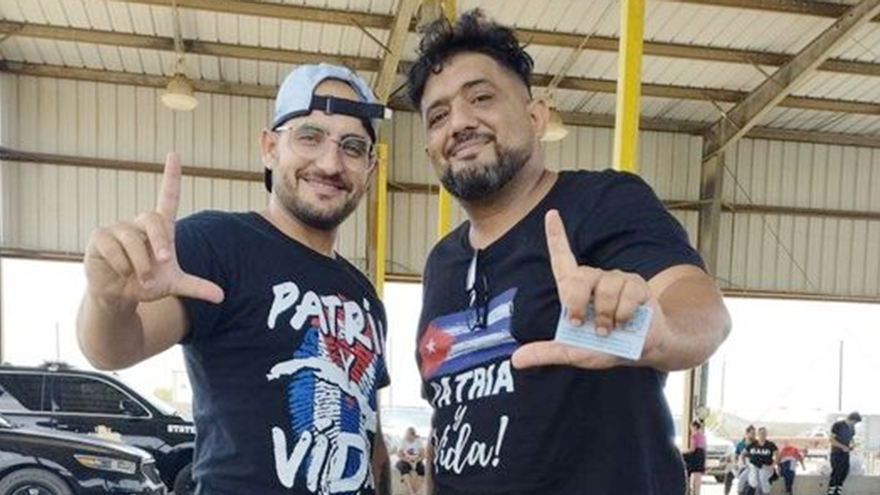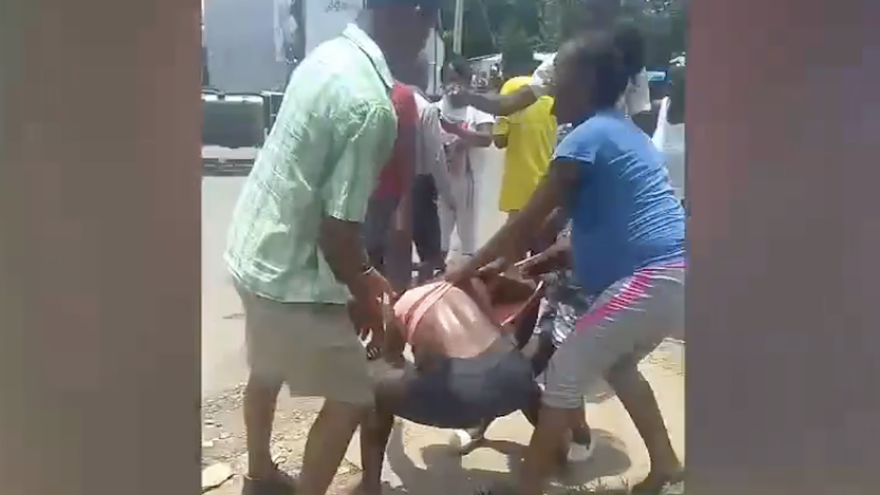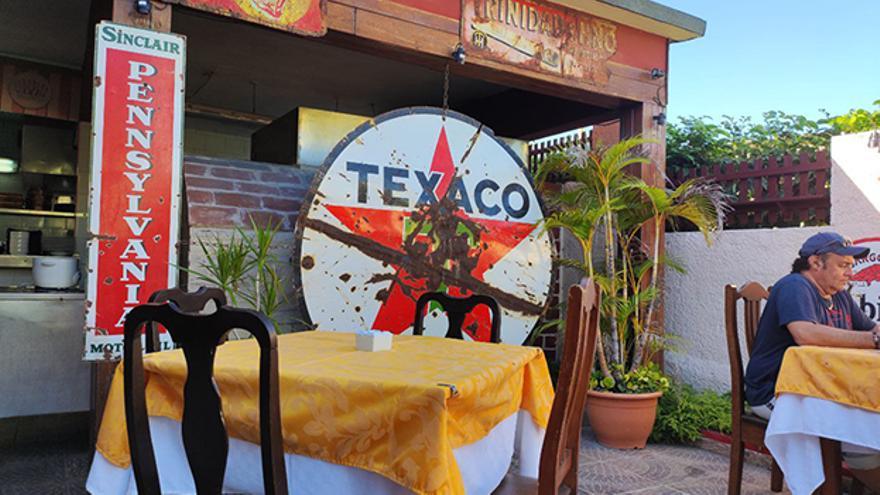
![]() 14ymedio, Elías Amor Bravo, Economist, 23 July 2022 — In recent days, we have witnessed a torrent of measures by the Cuban regime to get the economy of the island out of the vicious circle in which it has been locked by the communist economic model that the authorities are stubbornly determined to apply.
14ymedio, Elías Amor Bravo, Economist, 23 July 2022 — In recent days, we have witnessed a torrent of measures by the Cuban regime to get the economy of the island out of the vicious circle in which it has been locked by the communist economic model that the authorities are stubbornly determined to apply.
And of all the ministerial hodgepodge of proposals, some hilarious ones such as the recovery of the “microbrigades” or the “in-person learning” reminiscent of the revolutionary old days, those related to foreign investment in Cuba have undoubtedly been the ones that have received the most attention — in some cases, resulting in undesirable confusion.
The person responsible for this mess has been the Minister of Foreign Trade and Foreign Investment, Rodrigo Malmierca, who reported in the National Assembly on the activity of his department, exemplified in the negotiation of 57 projects with foreign capital in prioritized sectors of the economy, valued at almost $5 billion, all of them still without a materialization date.
Malmierca, immune to discouragement and the fact that the application of Law 118 on foreign investment has been a resounding failure since 2014, told the deputies that “if you work well and make an effort, we have the conditions to attract more foreign capital despite the existing difficulties,” with less conviction than what these words really say.
The difficulties, in line with the official argument of the regime, come, of course, from the ‘blockade’, but also, and here comes the interesting thing, from what Malmierca called “works that depend on us, including delays in the procedures and the lack of preparation in the negotiating groups.”
Actually, if those were the obstacles to the development of foreign investment in Cuba, there could be some hope, but when you compare the Cuban experience since 2014 with that of, say the Dominican Republic, you can understand why foreign capital turns its back on Malmierca and, nevertheless, lines up to be able to enter the neighboring Caribbean island.
Trying to attract investment only with a law is a waste of time. First, you have to worry about what communists don’t know how to do, which is nothing more than creating a favorable environment for business prosperity, so that people can increase their standard of living and companies can operate freely. In Cuba, that is simply impossible, and therefore, not because of laws or obstacles, foreign investment passes it by. continue reading
But Malmierca knows how to catch attention and that is why, after recognizing that the management of his department leaves much to be desired (at the end of last year, 285 businesses had been approved in Cuba since 2014, 49 located in the Mariel Special Development Zone and 29 reinvestments), he announced that “about seven foreign investment projects linked to forms of non-state management are being studied, and the relevance of approving businesses in domestic trade is being analyzed.”
The deputies of the Assembly, who at that time were sleeping peacefully, felt a small convulsion. Some even used their mobile phones to say that Malmierca was thinking of authorizing foreign investment in the private sector. People couldn’t believe it.
So when the minister changed the subject and began to talk about the virtues of the unique digital window and the measures to attract foreign capital at the municipal level, everyone’s interest was in that mention of the possible entry of foreign investment into private businesses — something that, until now, had been banned. Everyone wanted more information, but the deputies of the Assembly rarely bother the top leaders of the regime, so it would be best to wait.
Little by little, the State newspaper Granma’s headline summary of the news — “There are possibilities of attracting more foreign capital” — began to run from mobile to mobile. Yes, but how would that idea be translated into reality, in view of the experience since 2014? It seemed evident that Malmierca was proposing an update of the policy for attracting foreign investment in Cuba and its flexibility in favor of more profits, as well as the actions being taken to encourage and improve this mechanism, but was there really a will to open foreign capital to the private sector?
Malmierca had said that the reforms that were going to be introduced would in no case mean that “the socialist character of our government would be violated,” but someone saw that the portfolio of opportunities for foreign investment had included, among other options, small projects and 60 others that emerged from the territories. They were no longer the great millionaire pharaonic projects that used to frighten foreign investors for the mobilization of required financial resources.
But so far, nothing more. The natural date would be the 38th Havana International Fair (Fihav-2022) to be held in November. Apparently someone said that there were preparations being made “for exceptional projects, and the strategic axes of the National Economic and Social Development Plan until 2030 will be taken into account.”
And reading the news, someone said they had mentioned it. Granma reported “the minister pointed out that another flexibility of the policy is the possibility that the more than 4,000 forms of non-state management can work with foreign investment, in accordance with the provisions of the law.” That’s it. This is the key to authorizing the entry of international capital into the private sector, but it’s advisable to read it in detail and to not be in a hurry.
“Working with foreign investment” is not well known and is not the same as receiving foreign capital and offering a stake in it, by the way, which at no time is mentioned. These are very different things, and until the proposal is outlined, you have to understand the first version: “work with foreign investment.” And that’s not nothing.
Then there are the dangers that aren’t obvious. If Malmierca wants there to be foreign investment in the retail sector, the first thing that has to be achieved, and this seems almost impossible in the Cuban economy, is that there are products to be sold and bought and also purchasing power to do so, and it doesn’t seem that these two parameters are currently in the reality of trade and the retail trade circulation of the Cuban economy.
Little by little, people calmed down. No one should expect any change in the foreign investment policy because the communist regime’s nature is to have absolute control of the economy and to prevent the accumulation [of profit] and the prosperity of private businesses. There will be no foreign investment in the private sector, at least with the 2019 communist constitution in force. The alarms stopped going off. It’s very difficult to get out of the vicious circle of the Cuban economy.
________________________
Note from 14ymedio: This article is reprinted with the permission of the author. I was originally published in Cubaeconomía.
________________________
Translated by Regina Anavy
____________
COLLABORATE WITH OUR WORK: The 14ymedio team is committed to practicing serious journalism that reflects Cuba’s reality in all its depth. Thank you for joining us on this long journey. We invite you to continue supporting us by becoming a member of 14ymedio now. Together we can continue transforming journalism in Cuba.


